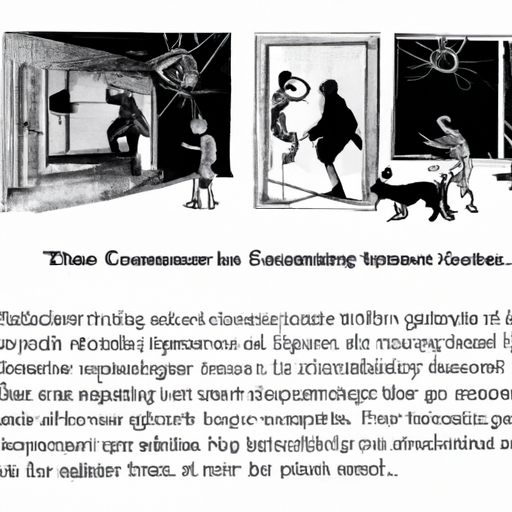Introduction
You’ve likely heard of counter conditioning, but you might not have a clear understanding of what it is and how it works. Simply put, counter conditioning is a behavioral therapy technique that is used to change the emotional response or behavior towards a certain stimulus. As a caregiver, understanding this technique can be of great help in managing the behaviors of those under your care. Let’s delve deeper into this topic and consider some real-life examples of counter conditioning.
Understanding Counter Conditioning
Before we discuss examples, it’s crucial to fully understand what counter conditioning is. Imagine a situation that causes fear or anxiety. With counter conditioning, the goal is to change the response to this situation from negative to positive, or at least neutral. This is done by associating the fearful situation with something pleasant, effectively “reprogramming” the emotional response.
Example 1: Fear of Dogs
To illustrate, let’s take a common fear: dogs. If you are caring for someone who is afraid of dogs, you might use counter conditioning to help them overcome this fear. Here’s how you might do it:
- Start with a picture of a dog, while giving the person a favorite treat or playing their favorite song.
- Progress to a video of a dog, again, while providing a positive stimulus.
- Finally, introduce a real dog from a distance, continuing to pair this with their favorite treat or song.
By pairing the feared stimulus (the dog) with a positive stimulus (the treat or song), you’re working to change the emotional response.
Example 2: Fear of Doctor’s Appointments
Another common fear is going to the doctor. As a caregiver, this can be a challenging fear to overcome, especially if regular doctor visits are necessary. You could use counter conditioning in this case, too:
- Start by talking about the doctor while doing something enjoyable, like watching a favorite movie.
- Progress to a “pretend” doctor visit at home, complete with a favorite activity afterwards.
- Finally, before a real doctor visit, plan something enjoyable for after the appointment.
Over time, the fear of the doctor should lessen, as it becomes associated with positive experiences instead.
Example 3: Fear of Loud Noises
If the person you’re caring for is afraid of loud noises, you can use counter conditioning to help them cope. Here’s an example of how you might do it:
- Start with a low-volume noise while engaging in a favorite activity.
- Gradually increase the volume over time, always pairing it with the positive activity.
- Eventually, the person should be able to tolerate louder noises without fear.
Example 4: Overcoming Food Aversions
Food aversions can be a significant challenge, especially when trying to ensure the person you’re caring for is eating a balanced diet. Counter conditioning can help:
- Start by talking about the avoided food while enjoying a favorite activity.
- Progress to having the food on the plate, but not requiring it to be eaten.
- Finally, encourage a small taste of the food, followed by a favorite treat.
The hope is that over time, the food aversion will lessen, and the person will be able to eat a wider variety of foods.
Using Counter Conditioning Effectively
To use counter conditioning effectively, remember these key points:
- Always pair the feared stimulus with a positive one.
- Gradually increase the intensity of the feared stimulus.
- Be patient. Counter conditioning takes time.
FAQ
What is counter conditioning?
Counter conditioning is a behavioral therapy technique used to change a person’s response to a stimulus that causes a negative reaction.
How does counter conditioning work?
Counter conditioning works by repeatedly pairing the feared or disliked stimulus with a positive one, effectively changing the emotional response over time.
Can I use counter conditioning at home?
Yes, you can use counter conditioning at home. It can be a very effective tool for managing fears and phobias.
How quickly does counter conditioning work?
The time it takes for counter conditioning to work can vary greatly. It depends on the individual and the fear or phobia in question. Patience and persistence are key.
Remember, as a caregiver, your goal is to provide the best possible care and quality of life for the person you’re caring for. Understanding and using techniques like counter conditioning can be a valuable tool in your caregiving toolbox.



